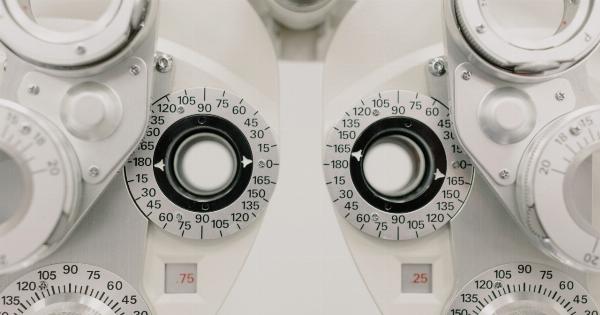Self-testing is an essential component of modern society. In many fields, such as medicine, healthcare, and technology, individuals and professionals rely on self-tests to get accurate results.
However, environmental factors, such as temperature, can impact the consistency of self-testing. This article explores the effects of temperature on the consistency of self-tests.
What is Self-Testing?
Self-testing is a process where individuals test themselves for a particular condition or disease.
This practice gives people the chance to identify potential health problems before they become severe and make necessary adjustments to improve their quality of life. There are many types of self-tests available in the market, including pregnancy tests, blood glucose level tests, and cholesterol tests.
Temperature and Self-Test Consistency
Temperature is an essential factor that can impact the consistency of self-tests. The accuracy of self-tests can be affected by temperature variations during different stages of the testing process, including storage, transportation, and testing.
Many self-tests require a specific temperature range to produce accurate results.
Storage
The storage temperature of self-tests can impact the consistency of the results. Self-tests that require refrigeration, such as pregnancy tests, can become less effective if they are stored at room temperature.
Extremes in temperature, both hot and cold, can affect the accuracy of the reagents that provide the final result. This is why most such tests come with specific temperature ranges for storage with little forgiveness beyond these limits.
Transportation
The process of transporting self-tests can also impact the accuracy of the results. Self-tests that are being shipped, whether being delivered by mail or truck, can undergo temperature fluctuations that can affect their stability.
A controlled and regulated environment should be maintained during transportation to maintain the accuracy of the test results, especially if being transported over long distances.
Testing
The testing temperature for self-tests is typically specified in the instructions. However, some aspects of the testing can also impact the accuracy of the results.
The temperature of the surface on which the test strip is placed, for example, can play a role in the accuracy of the results. Even the ambient temperature of the testing location and the handler can have an impact on the accuracy of the results.
Impact on Health
Inaccurate self-test results due to fluctuations in temperature can have a significant impact on the health of individuals. Misdiagnosis can lead to incorrect medical treatments which can lead to additional complications, or even death.
Incorrect readings on tests could lead individuals to believe they are healthy when actually they need medical attention. Inaccurate results can also result in individuals believing that they require medical intervention when they actually do not, leading to needlessly elevated stress levels and negative health impacts.
Conclusion
Temperature plays a significant role in the consistency of self-testing. It is essential to maintain specific temperature ranges in all stages of self-testing, including storage, transportation, and testing, to ensure accurate results.
Temperature has a direct impact on the effectiveness of reagents used in self-tests and if not carefully monitored, could lead to potentially dire consequences.































